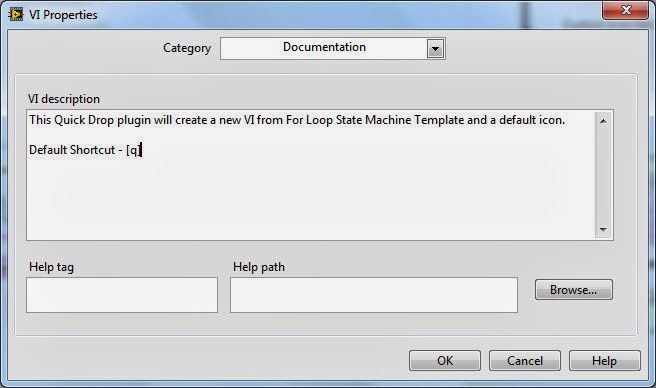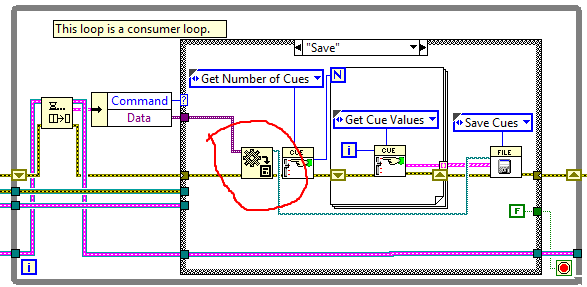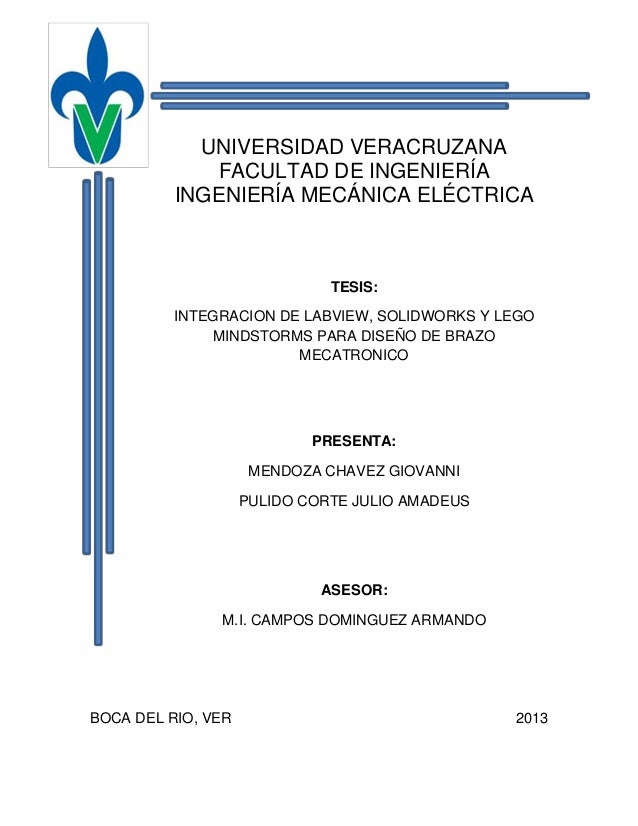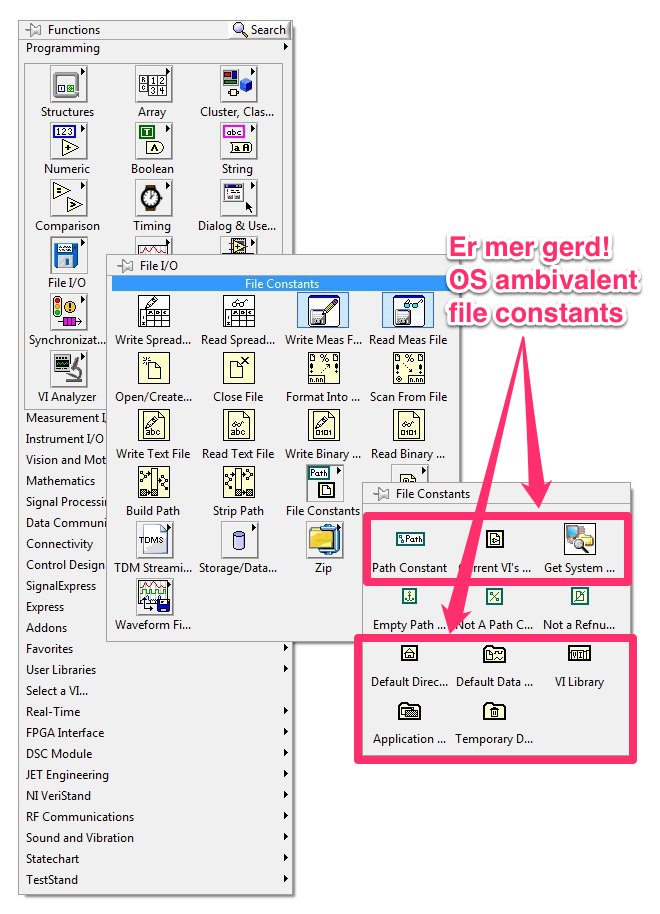

- #Save labview 2014 as labview 2013 install
- #Save labview 2014 as labview 2013 software
- #Save labview 2014 as labview 2013 code
- #Save labview 2014 as labview 2013 Pc
Store and Report Data Using Multiple File Types | See how Summitek Instruments did it Save Time With Drag and Drop Analysis Libraries | See how VERITECH did it Program the Way You Think | See how Universiti Putra Malaysia did itĬonnect to Any Hardware | See how Captronic Systems did it
#Save labview 2014 as labview 2013 software
You can get more done in less time with LabVIEW through its unique graphical programming environment built-in engineering-specific libraries of software functions and hardware interfaces and data analysis, visualization, and sharing features. LabVIEW inspires you to solve problems, accelerate your productivity, and gives you the confidence to continually innovate to create and deploy measurement and control systems. LabVIEW is a comprehensive development environment that provides engineers and scientists unprecedented hardware integration and wide-ranging compatibility. We figured requiring a save of the VI was less of a burden on users that requiring an edit of the diagram (deselecting and reselecting the method).RAW Paste Data LabVIEW 2011 version (with crack) So, the best workaround we could come up with on our end was to force a recompile of the Excel_Print.vi on every installed system by installing a version saved in an older LabVIEW. To my recollection, we found that there was a bug in the implementation of the PrintOut method itself that was causing us to not see the version difference on VI load.

Through our investigations, we found that this method was the *only* one in the entire Report Gen Toolkit API that exhibited this behavior.every single other property/method that we call in our VIs would detect the ActiveX component version difference just fine and force a recompile of the VI, even if the LabVIEW versions were the same. If you were running LabVIEW 2013, though, the VI would be recompiled because of the LV version difference, and the method would not be broken. But if the ActiveX components for this Excel library are a different version (mostly likely because we're running different Office versions), then the method will be broken on your system. If you're also running LabVIEW 2012, the VI will not be recompiled because we're using the same LabVIEW version. Let's say I save a VI with this method on its diagram in LabVIEW 2012. There's some bug with the PrintOut method of the _Worksheet class, which is called by Excel_Print.vi in the Report Gen API: Ok, it's been several years now, but here's what I remember. To be honest I just live with it, it does not bother me that muchĮxplain the Print VI issue a bit more then. If NI toolkits ever ship with 'separate compile code' enabled this problem would go away, or if NI mass compiled all their toolkits and then you would download a specific version of toolkit for each LabVIEW version.
#Save labview 2014 as labview 2013 Pc
You could by habit use the mass compile tool to all newly installed toolkits or each PC or just accept the fact and save the changes, once save this should not occur again.

#Save labview 2014 as labview 2013 code
Then when you move your code onto a new PC with the same toolkit you need to do it again as the VI from that toolkit on that PC also need to compile for the new version of LabVIEW. This is because the VI's open have been compiled to the new LabVIEW version.

#Save labview 2014 as labview 2013 install
It is common that thought you download and install LabVIEW Toolkit 'whatever' for LabVIEW version 'whichever', it does not mean that ALL the VI's in the said Toolkit have been saved to that specific version of LabVIEW and when you first open or use some VI's from that Toolkit you then need to save those VI when they or the VI using them are closed. I see this as a typical thing with LabVIEW Toolkits.


 0 kommentar(er)
0 kommentar(er)
